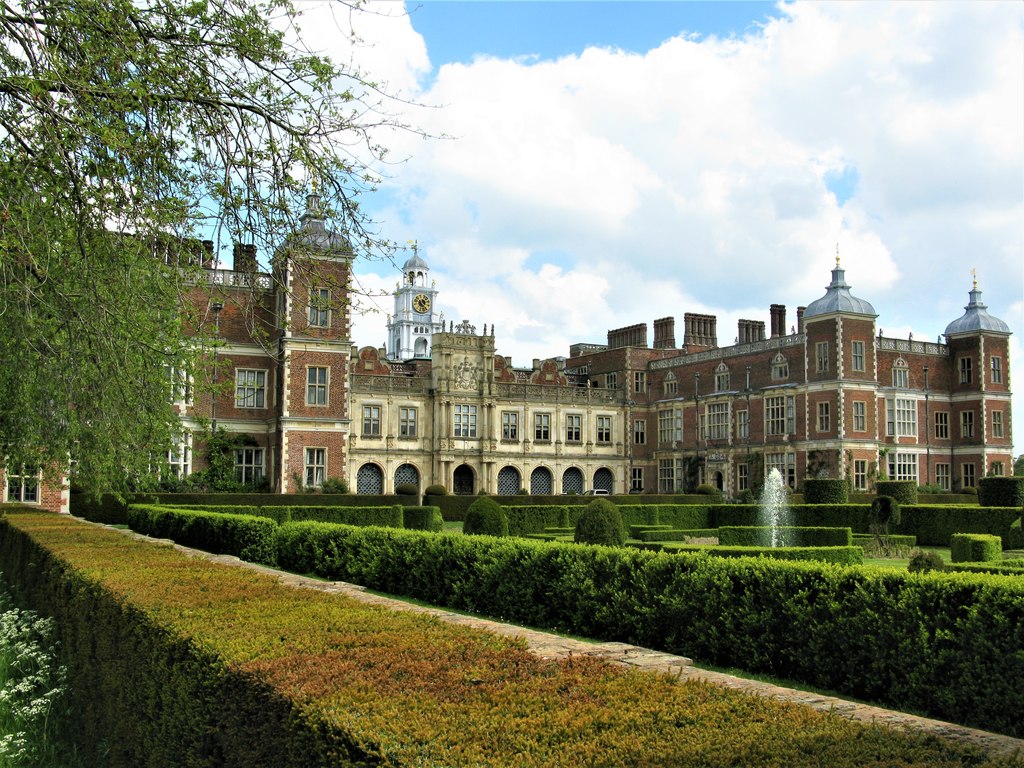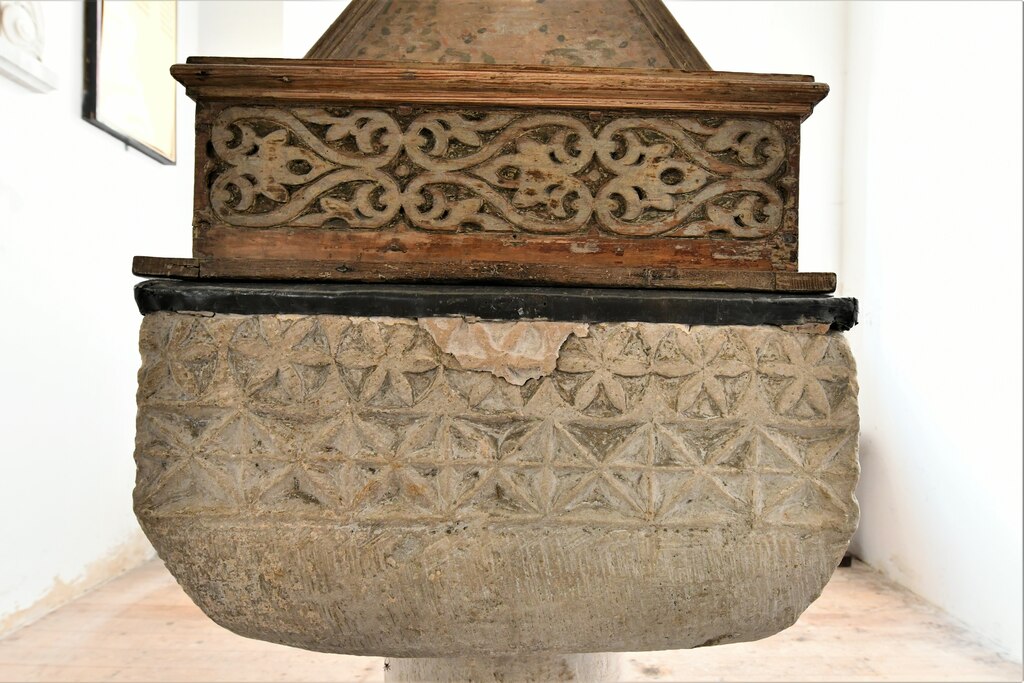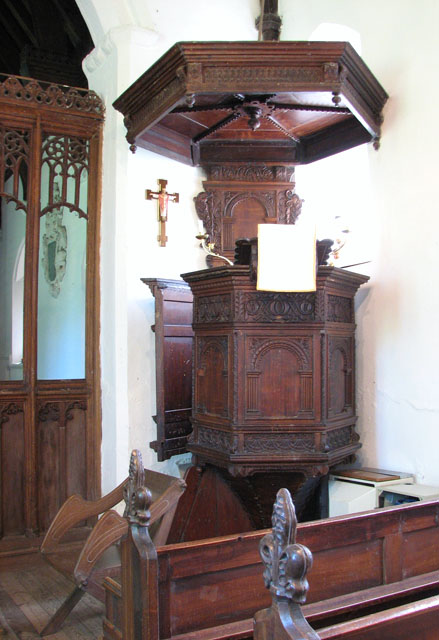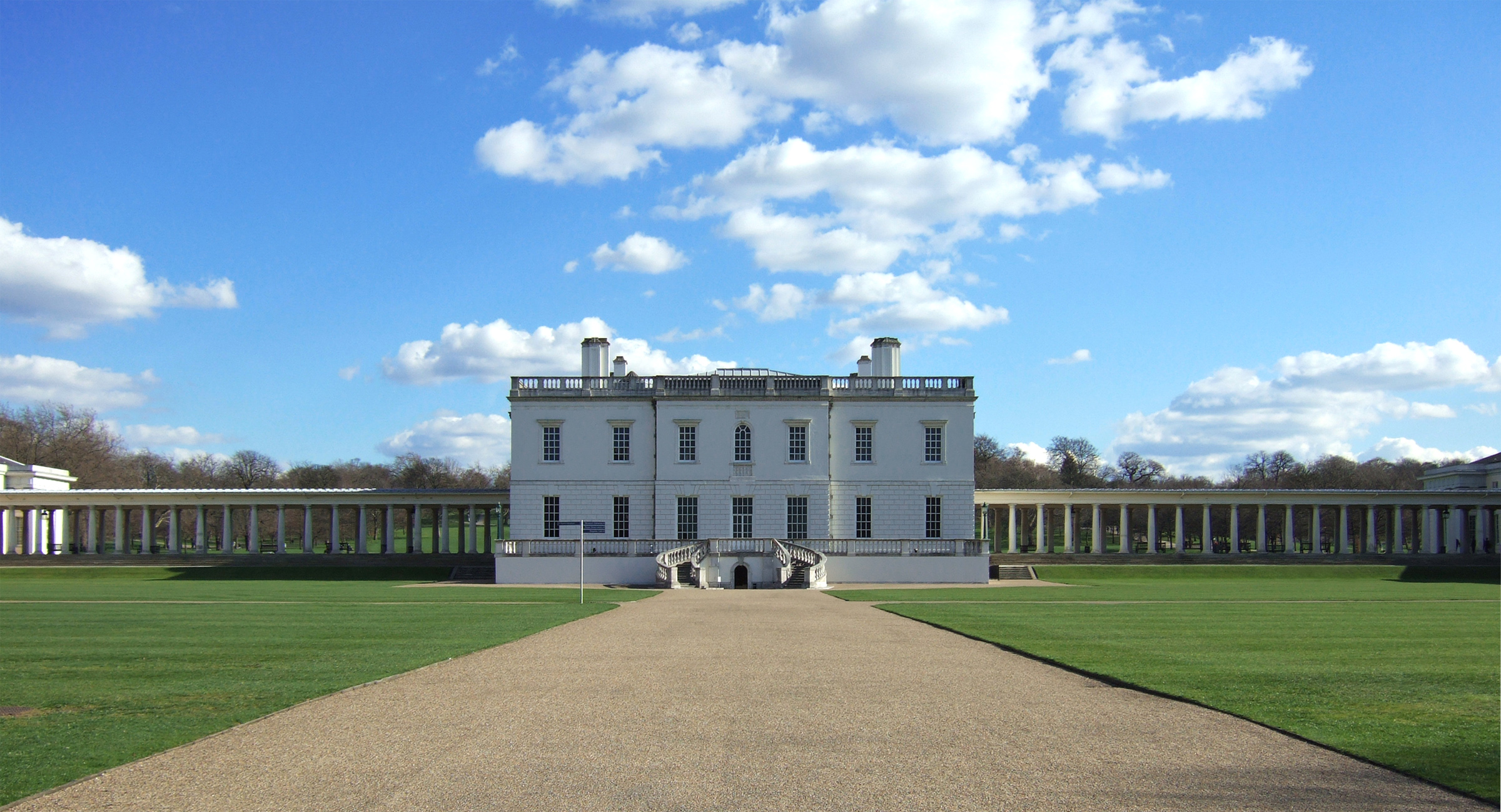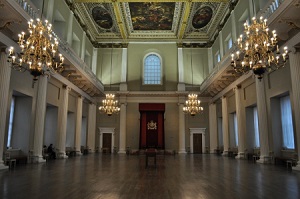Jacobean architecture
|
Hatfield House is a red brick country house considered a prime example of Jacobean architecture. Built in 1611 by Robert Cecil, 1st Earl of Salisbury, it is a Grade I listed building located north of London. |
Contents |
[edit] Introduction
Jacobean architecture is a style associated with King James VI of Scotland who later ruled as James I over the unified kingdoms of England and Ireland (as well as Scotland) from 1603 to 1625. Jacobean architecture is an early form of the Stuart architectural style which continued to evolve throughout the reign of the British House of Stuart. Some historians refer to the Stuart era as the golden age of British architecture. This period ended in 1714 with the death of the last Stuart ruler, Queen Anne.
[edit] The transition from Elizabethan to Jacobean
Influences of the preceding Elizabethan architectural style (named after Queen Elizabeth I) dominated early Jacobean architecture. Common features in both styles included classical, symmetric Italian and French style ornamentation (introduced during the English Renaissance) as well as gabled facades and decorative motifs such as strapwork carvings - looking almost like cut leather - from the Netherlands.
|
This c12th font at Codford St Peter has a c17th cover with strapwork carving. |
Another shared characteristic was large windows with mullions and transoms (which in some cases grew so large as to dominate entire walls).
The Jacobean style gradually began to set itself apart from the Elizabethan style. This was initially apparent in the construction of large houses. These stately buildings were often designed in the shape of an E or H and excluded internal courtyards. Some houses included increasingly extravagant decorations of wood and plaster.
|
The church of St James in Runcton Holme has a Jacobean pulpit and sounding board. |
This style of rich decoration gradually made its way into church furnishings, where wooden Jacobean pulpits began to replace the stone pulpits that were common in earlier periods. Renaissance decorative motifs as well as strapwork were sometimes incorporated into these pulpits, which may have been topped by a tester (or sounding board) adorned with small pendants.
[edit] Inigo Jones and the English classical tradition
The most noteworthy architect of the Jacobean period was Inigo Jones, who was appointed surveyor of works to the heir to the throne, Henry, prince of Wales in 1610. After the prince’s death in 1612, Jones succeeded Simon Basil as the king’s surveyor of works in 1615.
Influenced by the designs of the Venetian architect Andrea Palladio, Jones introduced the style of Palladian architecture to England after a trip he made to Italy in 1613 - 1614. It was during this trip that he picked up inspiration from the Renaissance architecture expressed in the works of Palladio.
Palladian designs were based on the symmetry and perspective of classical architecture, particularly the temples of the Ancient Greeks and Romans. It was characterised by proportions of mathematics and classical facades rather than ornament.
Some of the defining features of Palladianism included:
- Corinthian columns.
- Decorative motifs such as masked faces and scallop shells.
- Pediments over doors and windows, both external and internal.
- Terms – free-standing stones representing the head and upper torso of the Roman god Terminus, on top of a pillar.
See also: Palladian architecture.
Surviving examples of Jones’ neoclassical projects include:
- The Queen’s Chapel at St James Palace in Greenwich. This project began in 1616 and halted in 1619 following the death of Queen Anne. It was eventually completed in 1635 for Queen Henrietta Maria.
- The Banqueting House on Whitehall (started in 1619 and completed in 1622). This Palladian-style building is considered to be his greatest work.
|
The two surviving masterpieces of Inigo Jones. The Queen's Chapel in Greenwich (1619 - 1635). |
The Banqueting House on Whitehall (1619 - 1622). |
Jones remained in his royal role when Charles I came to power in 1625. During this period (which actually marked the start of the Carolean period), his style continued to dominate architecture, until the Civil War (1643), when he was forced to give up his royal position and punished for his association with the Stuart kings. He was later pardoned and returned to the profession as an influential person. Elements of his style - along with other Jacobean characteristics - continued to appear in architecture into the middle of the 1600s.
[edit] Related articles on Designing Buildings
Featured articles and news
A change to adoptive architecture
Effects of global weather warming on architectural detailing, material choice and human interaction.
How big is the problem and what can we do to mitigate the effects?
Overheating guidance and tools for building designers
A number of cool guides to help with the heat.
The UK's Modern Industrial Strategy: A 10 year plan
Previous consultation criticism, current key elements and general support with some persisting reservations.
Building Safety Regulator reforms
New roles, new staff and a new fast track service pave the way for a single construction regulator.
Architectural Technologist CPDs and Communications
CIAT CPD… and how you can do it!
Cooling centres and cool spaces
Managing extreme heat in cities by directing the public to places for heat stress relief and water sources.
Winter gardens: A brief history and warm variations
Extending the season with glass in different forms and terms.
Restoring Great Yarmouth's Winter Gardens
Transforming one of the least sustainable constructions imaginable.
Construction Skills Mission Board launch sector drive
Newly formed government and industry collaboration set strategy for recruiting an additional 100,000 construction workers a year.
New Architects Code comes into effect in September 2025
ARB Architects Code of Conduct and Practice available with ongoing consultation regarding guidance.
Welsh Skills Body (Medr) launches ambitious plan
The new skills body brings together funding and regulation of tertiary education and research for the devolved nation.
Paul Gandy FCIOB announced as next CIOB President
Former Tilbury Douglas CEO takes helm.
UK Infrastructure: A 10 Year Strategy. In brief with reactions
With the National Infrastructure and Service Transformation Authority (NISTA).
Ebenezer Howard: inventor of the garden city. Book review.
Airtightness Topic Guide BSRIA TG 27/2025
Explaining the basics of airtightness, what it is, why it's important, when it's required and how it's carried out.







